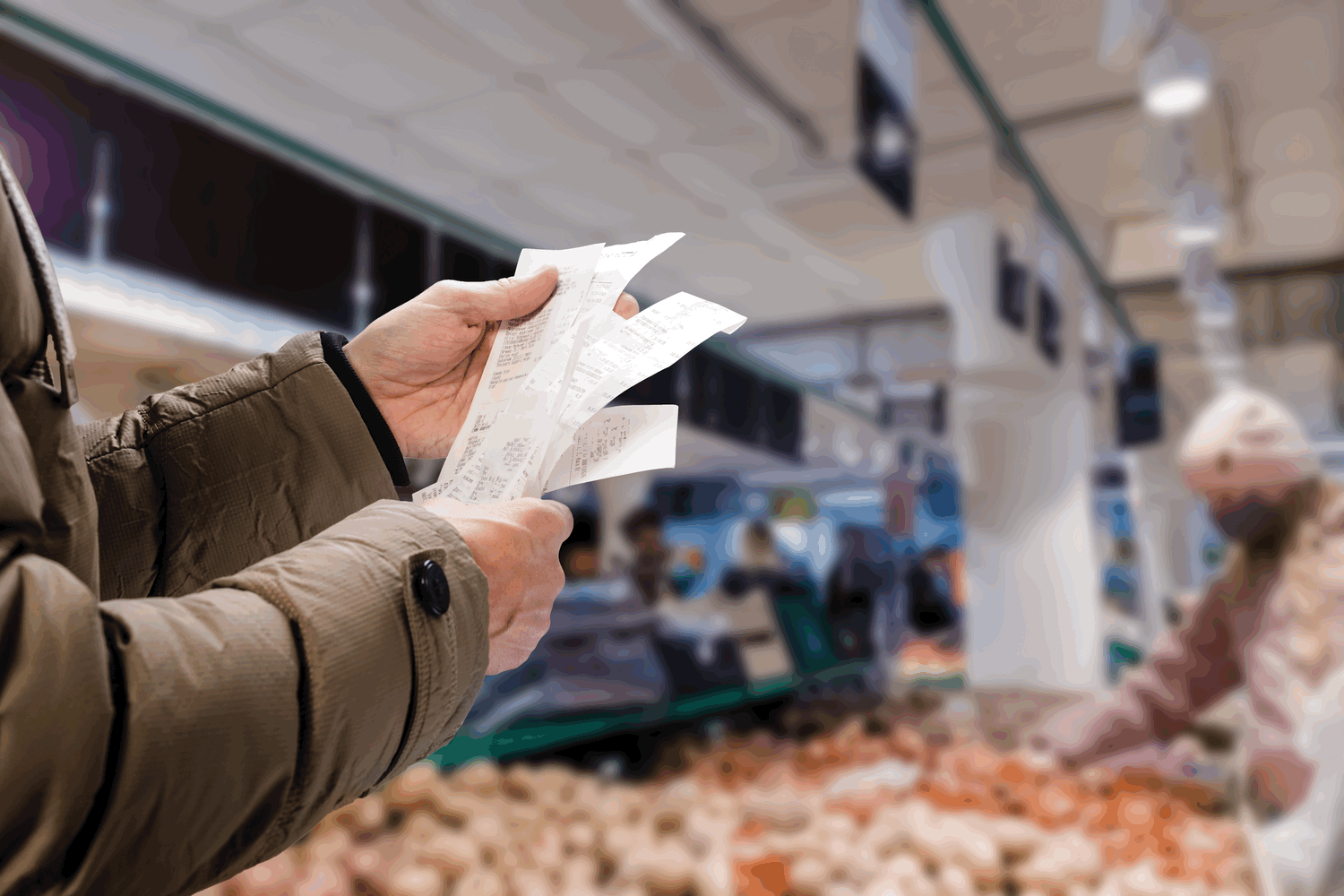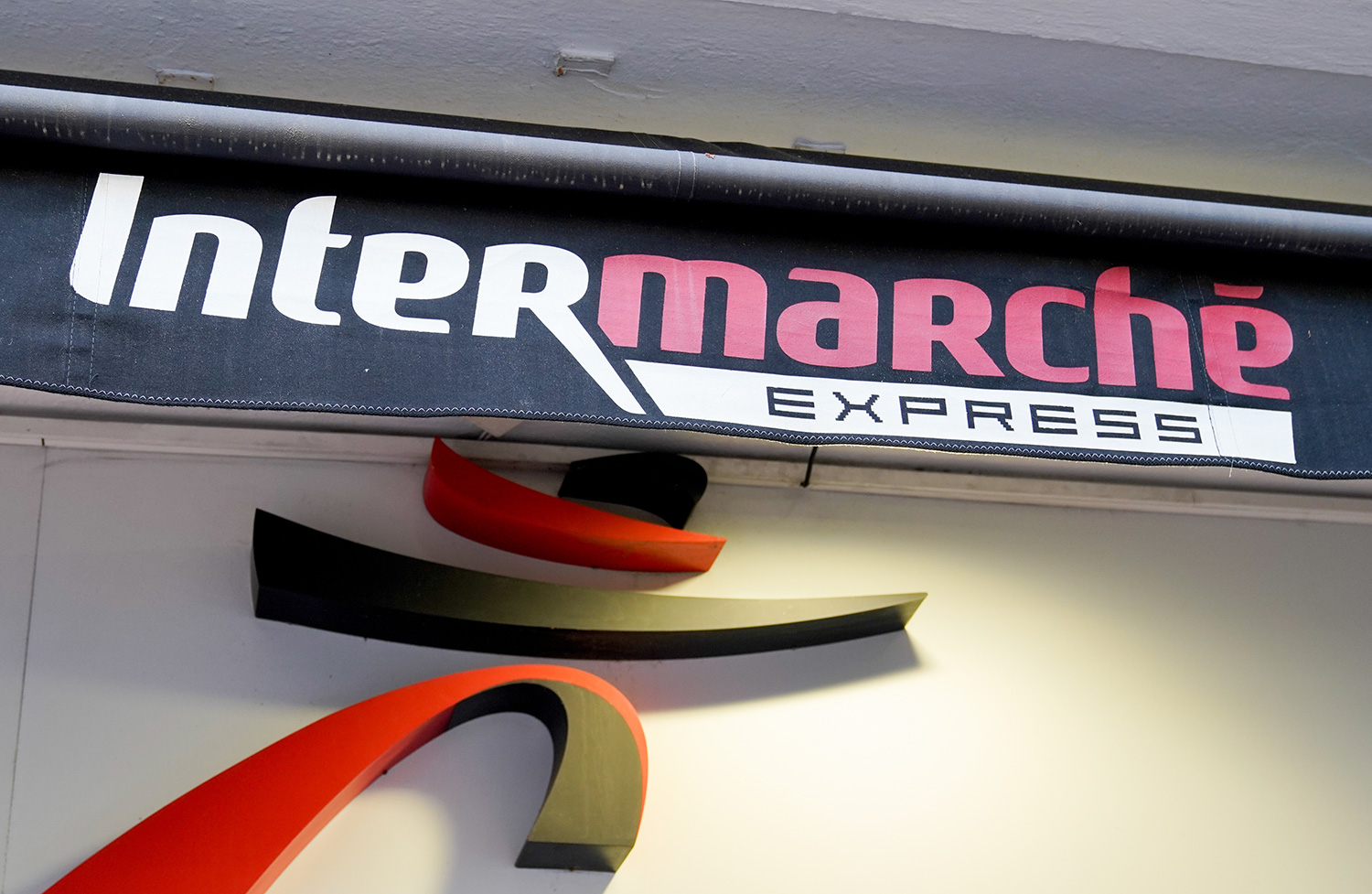

Food price inflation is having an impact on the strategy of major retailers. The development of own-brand products (store brands) allows large retailers to stay ahead of the game. AURIS Finance experts, a consultancy specialising in mergers and acquisitions, explain.
Households’ food budgets continue to grow and are increasingly important. According to the Banque de France’s macroeconomic projections, food price inflation is expected to peak in June at 15.4% over one year. The increase in prices is then expected to slow down. However, the institution does not foresee a fall in food prices before 2025.
Retailer brands accounts for one third of sales
More than ever, consumers are looking for the best prices on supermarket shelves. In addition to promotions and coupons, more and more consumers are turning to retailer brands. According to research firm Kantar, by 2022 these will account for 36.7% of mass consumption and fresh food sales in major supermarkets. The increase is particularly pronounced for budget retailer brand products, which will grow by 18.4% in 2022, while sales of traditional retailer brand products will remain stable.
Focus on “anti-inflation” shopping baskets
Retailers such as Carrefour have understood this consumer appetite for low-cost products. As early as 2020, the retail giant began redesigning its range of low-cost own-brand products, now called Simpl. What makes this range unique is the average price of the products in it: €1.50. In the face of rising prices, Carrefour intends to further develop its own brands, which represented 25% of its sales in 2017. This percentage has now risen to 33%. In its new strategic plan, the retail giant aims to rapidly increase the share of its own-brand products to 40% of sales. To drive this increase, low-cost own-brand products make up a large part of the “anti-inflation” shopping basket, a government deal with French retailers. For example, products from Carrefour’s Simpl range are now included in the “essentials and nutrition” shopping basket, which offers a selection of 200 everyday products at a fixed price.
Almost zero marketing costs
In terms of production, retailer brands also bear the brunt of rising energy and raw material prices. However, unlike leading brands, retailers make significant savings on marketing. In fact, Carrefour, Leclerc, and Auchan do not advertise their store brands at all, apart from in-store displays. As a result, the average retail price of these store brands is 10% to 20% lower than that of the well-known leading brands.
Get the support you need
With the exception of Intermarché, which claims to be a “producer-retailer”, supermarket chains use external suppliers to produce their store brands. Very often, the same factories produce both major brands and retailer brands. These small and medium-sized companies, which supply large corporations, are currently facing major challenges in maintaining their margins in a context of inflation. Some are tempted to sell, while others are looking to acquire their competitors to gain market share. Our sector specialists are on hand to help you with your transactions.


